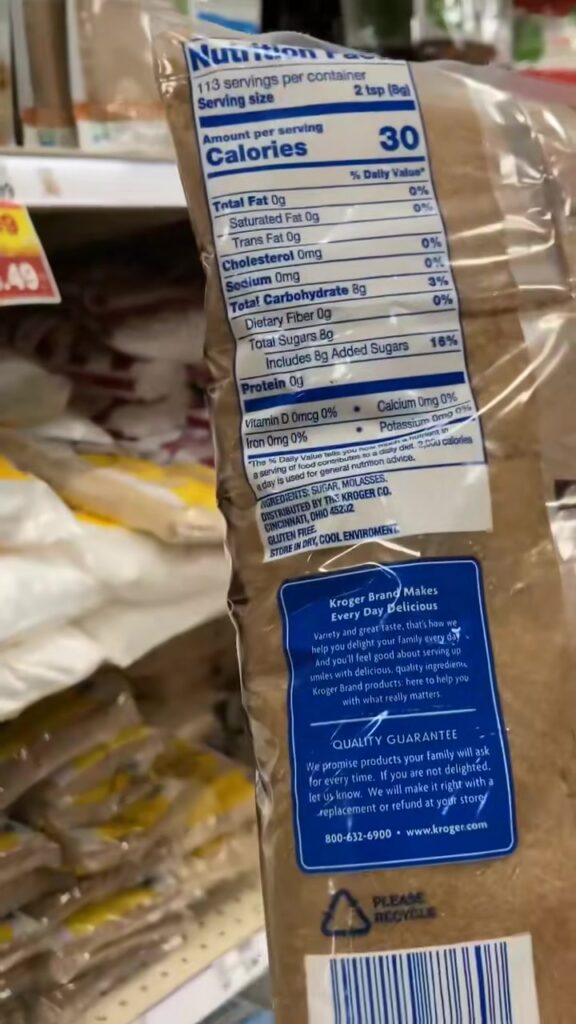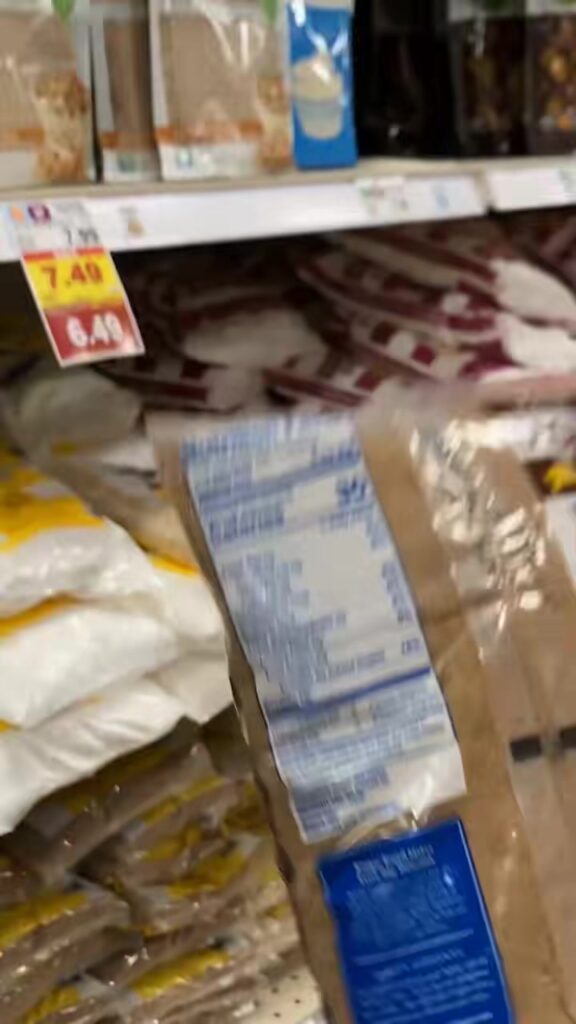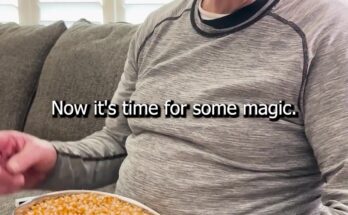
Fake Food Alert: Brown Sugar – What You’re Really Eating
That bag of brown sugar in your pantry might not be as wholesome as you think. While it looks like a natural, unrefined sweetener, many commercial brown sugars are actually white sugar in disguise—artificially colored and stripped of most nutrients. If you’re health-conscious or simply want to make informed food choices, it’s time to uncover the truth about brown sugar and learn how to spot the real deal.

What Is Brown Sugar Supposed to Be?
True brown sugar is made one of two ways:
- Unrefined: Minimally processed cane sugar that retains its natural molasses content (like muscovado or turbinado). This gives it a deep caramel flavor, moist texture, and trace minerals like calcium, iron, and potassium.
- Traditional: A mix of refined white sugar and molasses added back in—this is how most brown sugar was made historically.

The Problem: Most Supermarket Brown Sugar is Fake
Today, many mass-produced brown sugars are made using a cheaper shortcut:
- White sugar + caramel coloring or molasses flavoring: Some brands skip real molasses entirely, using artificial additives to mimic the color and taste.
- Nutritionally void: The refining process removes nearly all vitamins and minerals, leaving little more than empty calories.

How to Spot Fake Brown Sugar
1. Check the Ingredients
- Real brown sugar: Should list only “cane sugar” and “molasses.”
- Fake versions: May include “caramel color,” “natural flavors,” or vague terms like “brown sugar flavor.”
2. Texture Test
- Authentic: Slightly sticky, moist, and clumps easily (thanks to molasses).
- Fake: Dry, gritty, or overly uniform in texture.
3. Label Claims
- Watch for terms like “brownulated” or “free-flowing”—these are often highly processed.
4. Price & Brand
- True unrefined sugars (e.g., muscovado) cost more but offer real flavor and nutrients.
Why It Matters
While sugar is sugar, fake brown sugar is a nutritional scam:
- No health benefits: Lacks the minerals found in unrefined versions.
- Misleading marketing: Packaging often implies a “natural” product.
- Inferior flavor: Artificial versions lack the rich, caramelized depth of real molasses.

Better Alternatives
1. Make Your Own Brown Sugar
Mix 1 cup white sugar + 1 tbsp molasses (adjust for light/dark preference).
2. Buy Unrefined Varieties
Look for:
- Muscovado: Dark, moist, and packed with molasses.
- Turbinado (e.g., Sugar in the Raw): Lighter but less processed.
- Organic dark brown sugar: Often uses real molasses.
3. Try Natural Sweeteners
- Coconut sugar: Low glycemic index, caramel-like taste.
- Maple syrup or date sugar: Mineral-rich options.

When to Use Real vs. Fake
- Baking: Real brown sugar’s moisture affects texture (cookies will spread less).
- Coffee/tea: Fake versions dissolve fine but lack flavor complexity.

The Bottom Line
Brown sugar isn’t inherently unhealthy—but the fake stuff is a waste of money and opportunity. By choosing unrefined versions or making your own, you’ll enjoy better taste, fewer additives, and a touch of nutrition.
Next time you bake, ask: Is your brown sugar real or just dyed white sugar? 🕵️♂️
Have you spotted suspicious brown sugar? Share your finds in the comments!
New chat






